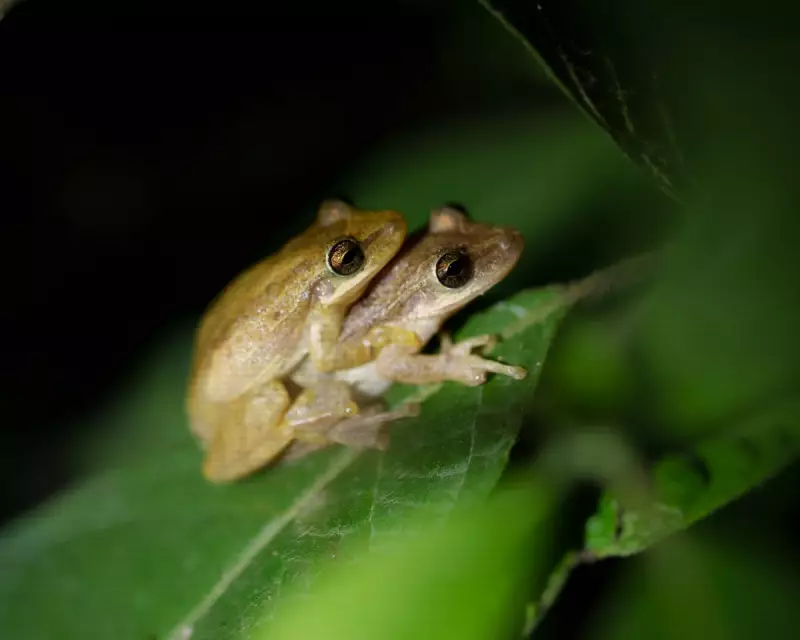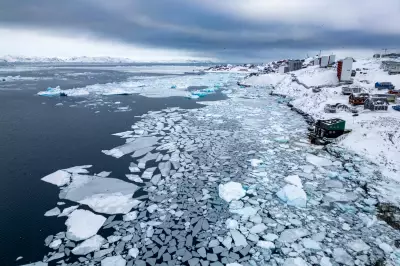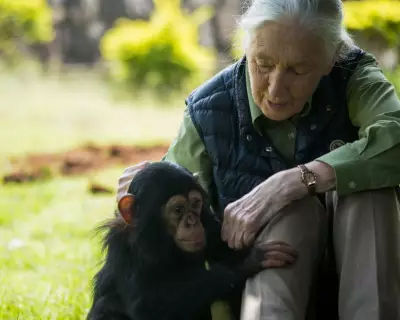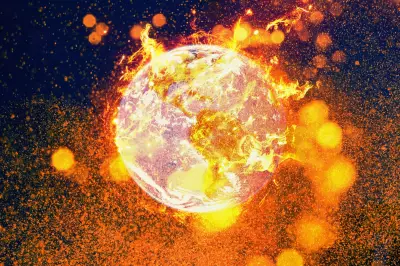
In a startling ecological emergency, the Galapagos Islands are facing an unprecedented invasion of non-native frogs that threatens to unravel the delicate balance of one of the world's most unique ecosystems. What began as a small, isolated population has exploded into hundreds of thousands of invasive amphibians marching across these precious islands.
The Silent Invasion Unfolds
The Galapagos archipelago, famously devoid of native amphibians, now finds itself overrun by the smoky jungle frog (Leptodactylus savagei). Scientists tracking the invasion report that the population has reached staggering numbers, with densities exceeding 20,000 frogs per hectare in some areas of Santa Cruz Island.
"This is an ecological disaster unfolding in slow motion," warns Dr. Luis Ortiz-Catedral, an ecologist who has been monitoring the situation. "These frogs are vacuum cleaners, consuming everything in their path and outcompeting native species for resources."
How the Invasion Began
The invasion appears to have started in the early 2000s, likely arriving through the plant trade from mainland South America. Initially confined to a small area, the frogs have now spread across multiple islands, exploiting the absence of natural predators and the islands' ideal tropical conditions.
Researchers have documented the frogs' rapid expansion through:
- Explosive population growth in agricultural zones
- Spread into protected natural areas
- Consumption of native insects and small vertebrates
- Competition with endemic bird species for food
Ecological Domino Effect
The consequences of this amphibian invasion are far-reaching. The frogs are disrupting food chains that have evolved in isolation for millions of years. Native species, having never encountered such predators, lack defensive adaptations.
"We're witnessing a fundamental shift in the ecosystem," explains conservation biologist Maria Garcia. "The frogs are changing the very composition of these islands, and we don't yet know where this ecological domino effect will end."
Race Against Time
Conservationists and local authorities are scrambling to contain the invasion before it reaches critical tipping points. Current efforts include:
- Establishing containment zones around infested areas
- Developing targeted eradication methods
- Monitoring frog movement patterns
- Implementing stricter biosecurity measures at ports
The situation serves as a stark reminder of how vulnerable island ecosystems remain to introduced species, even in protected areas like the Galapagos, a UNESCO World Heritage site celebrated for its unique evolutionary history.





